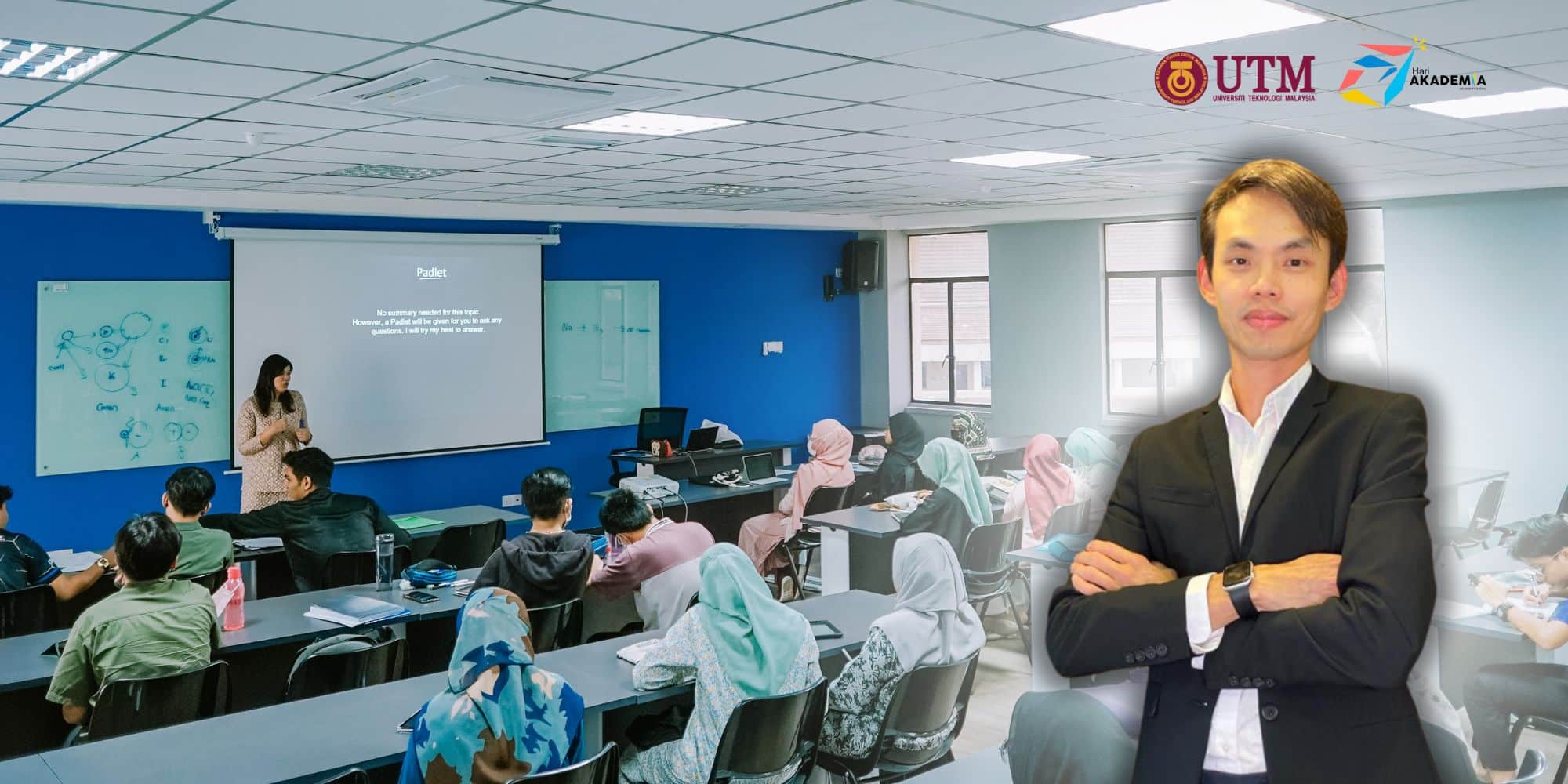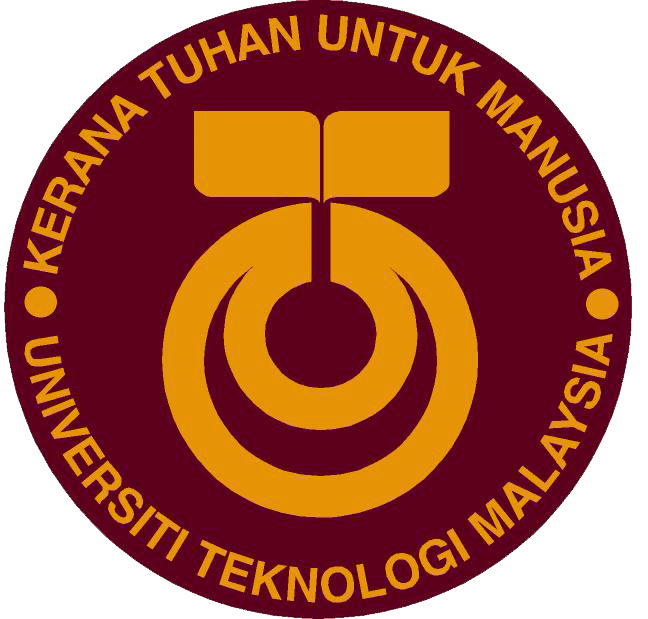Academics are the main workforce of universities and institutions of higher learning in general. Academics, generally known as lecturers, assume various roles and responsibilities. A lecturer often wears multiple hats, namely educator, supervisor, advisor, researcher, scientist, innovator, expert, scholar, project leader, consultant, speaker, trainer, writer, content creator, volunteer, entrepreneur, etc.
To fulfil these demanding roles, a lecturer needs to be an efficient multi-tasker equipped with a complex set of skills, on top of being an expert in the field. All these require continuous professional development, lifelong learning, and years of experience to master.
To remain competent, a lecturer needs to continuously adapt to the evolving higher education landscape driven by digital technologies. The digitalization of higher education is supported by key technologies such as smart devices, cloud computing, 5G, the internet of things, artificial intelligence, etc. The pace and scale of digitalization are further accelerated by the recent COVID-19 pandemic.
Online learning, blended learning, personalised learning, massive open online courses, gamification, augmented reality, virtual reality, etc. are becoming ever more prevalent. Embracing digital technologies in teaching and learning is the key for a lecturer to engage with current and future students who are mainly digital natives and have grown up in a digital era surrounded by digital technologies.
Disruptive technologies such as artificial intelligence, digital twins, robotics, blockchain, 3D printing, autonomous vehicles, drones, etc. are the key enablers for industry revolution 4.0. These technologies are set to disrupt the future of the job market, where manual and repetitive tasks with low cognitive levels will soon be replaced by machines and automation. Designing and developing a future-proof curriculum that equips students with current technologies is thus the responsibility of lecturers, especially those in the field of engineering and technology.
Mastering state-of-the-art technologies is critical for a lecturer-researcher to unlock the potential of the technologies to develop innovative solutions that address the pressing issues faced by the industry, community, and country. It is also a stepping stone for a researcher to push the boundaries of science, engineering, and technology to achieve breakthroughs and significant advancements in the field.
“Although fulfilling the multi-faceted roles and responsibilities of a lecturer can be demanding and daunting, the sense of achievement, satisfaction, and sheer joy when one’s supervised students are graduated and employed, research papers published, projects completed, contributions recognised, etc. make the efforts worthwhile. A lecturer also enjoys the privilege of academic freedom to pursue their subject of interest. Although work-life balance is challenging to achieve in many other professions, flexibility in managing time makes up for the difference.”
Jobs in academia are resilient to digital disruption and expected to continue to grow, according to the Future of Jobs Report 2023 by the World Economic Forum. Artificial intelligence could certainly help in improving the efficiency and effectiveness of teaching and research, but it cannot replace the role of a lecturer. For those who love challenges and enjoy pursuing excellence in teaching and research, a career in academia can be ultimately rewarding. Happy Malaysia’s Academia Month!
Dr. Leow Chee Yen (Bruce) is currently an Associate Professor at the Faculty of Electrical Engineering at UTM and a Research Fellow at the Wireless Communication Centre (WCC)UTM.



